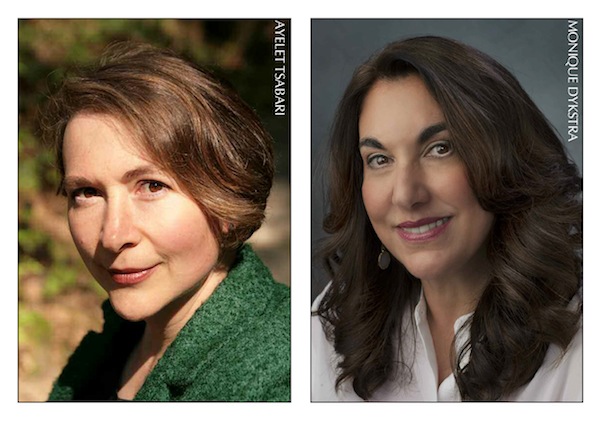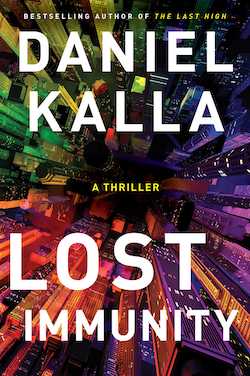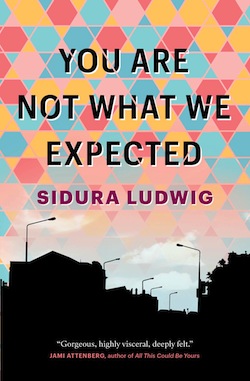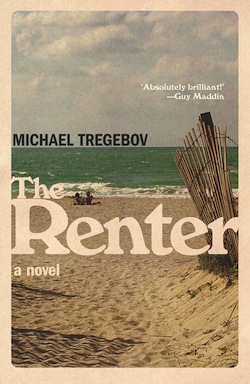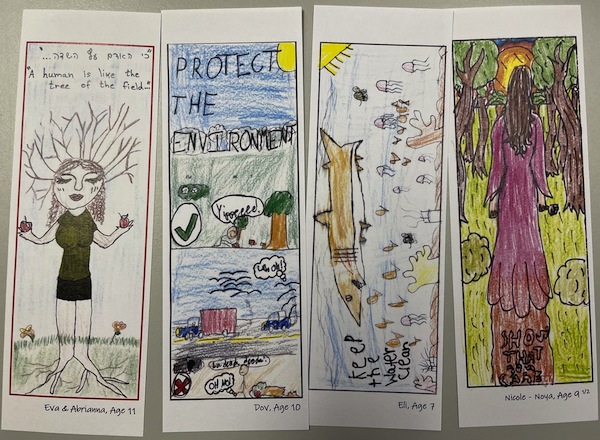Rachel Rose, left, and Ami Sands Brodoff take part in the Cherie Smith JCC Jewish Book Festival on Feb. 8.
None of us knows what lies ahead. We might think we do, but a lack of awareness one moment can have tragic impacts, mental or physical illness can overtake us, and our actions and reactions can hurt ourselves and others, whether harm is intended or not. Control is a fiction. And two recently published short story collections that will be featured at the Cherie Smith JCC Jewish Book Festival on Feb. 8 explore that fact with tales that should make most of us feel grateful for the relative boringness of our lives.
Poet Rachel Rose’s debut novel, The Octopus Has Three Hearts, presents a series of unconventional characters in life-challenging situations difficult to imagine oneself in and yet portraying familiar emotions. The characters in Ami Sands Brodoff’s The Sleep of Apples will be easier for many readers to recognize in themselves, but they are also a diverse group of people for whom living is more of a task than a pleasure. In both collections, instances of uncomplicated joy, love and connection are rare. Nevertheless, they leave one feeling melancholically appreciative of the incomparable value of life, and acutely mindful of its fragile nature.
Rose’s stories are explicitly linked by the animals with whom her people interact, from dogs to rats to pigs to parrots and others, including, of course, an octopus. The title story centres around a polyamorous relationship, the narrator husband, his wife (who is a biologist at an aquarium) and one of his wife’s partners trying to find an octopus who’s escaped their tank under the biologist’s watch. The animal’s attributes – intelligence, fluidity, ambiguity, etc. – have obvious symbolic meaning not only within this particular chapter but the collection as a whole; similarly with the other animals that figure into Rose’s narratives.
The Octopus Has Three Hearts was longlisted for the Scotiabank Giller Prize, and Rose is no stranger to awards and recognition for her writing. She is the poet laureate emerita of Vancouver for good reason. She writes with succinct and oft-times detailed brutality, with touches of dark humour, and with much insight into humanity. Elements of her characters – whether they be ex-cons, cheating spouses, or people who just made a terrible mistake – are within all of us to some degree and our world would probably be a better place if we confronted these aspects of ourselves, instead of burying them or pretending they don’t exist.
Similar themes appear in The Sleep of Apples, a more overtly Jewish compilation. Rather than animals linking the chapters, the people are related or connected in some way to one another. Miri’s Bubbe Zelda dies in the first story and, right away, loss, guilt, love, identity, tradition – throughout the book, no matter the characters’ gender, sexuality, age, upbringing, relationship and friendship choices, career path, they must deal with these and other basic elements of existence. Death is always present. But so, too, is the will to live, to forgive, and to care for oneself and for others.
It is interesting to think of the creative process and how people come up with stories that are out of the ordinary yet resonate. Some of the language and situations in these short stories will shock and discomfort readers. Many of the characters will not resemble people most of us regularly encounter. But, ideally, if we’re willing, they will open our minds in a way that will help us navigate the real world more thoughtfully and with more compassion.
The Cherie Smith JCC Jewish Book Festival is online only this year. For the full lineup of authors, visit jccgv.com/jewish-book-festival.

